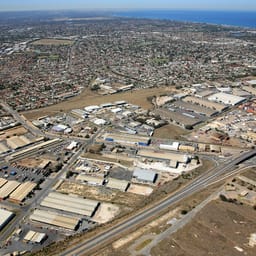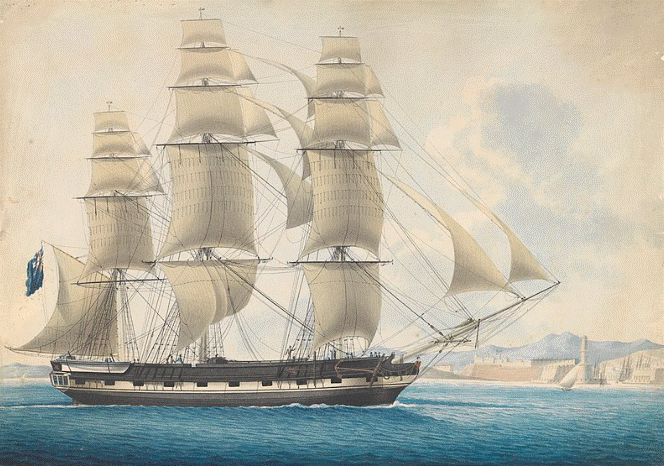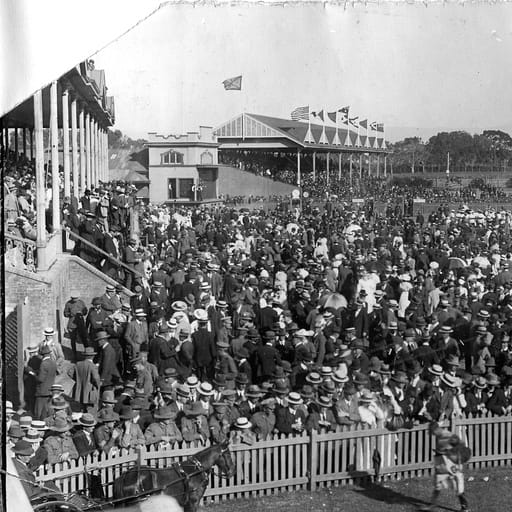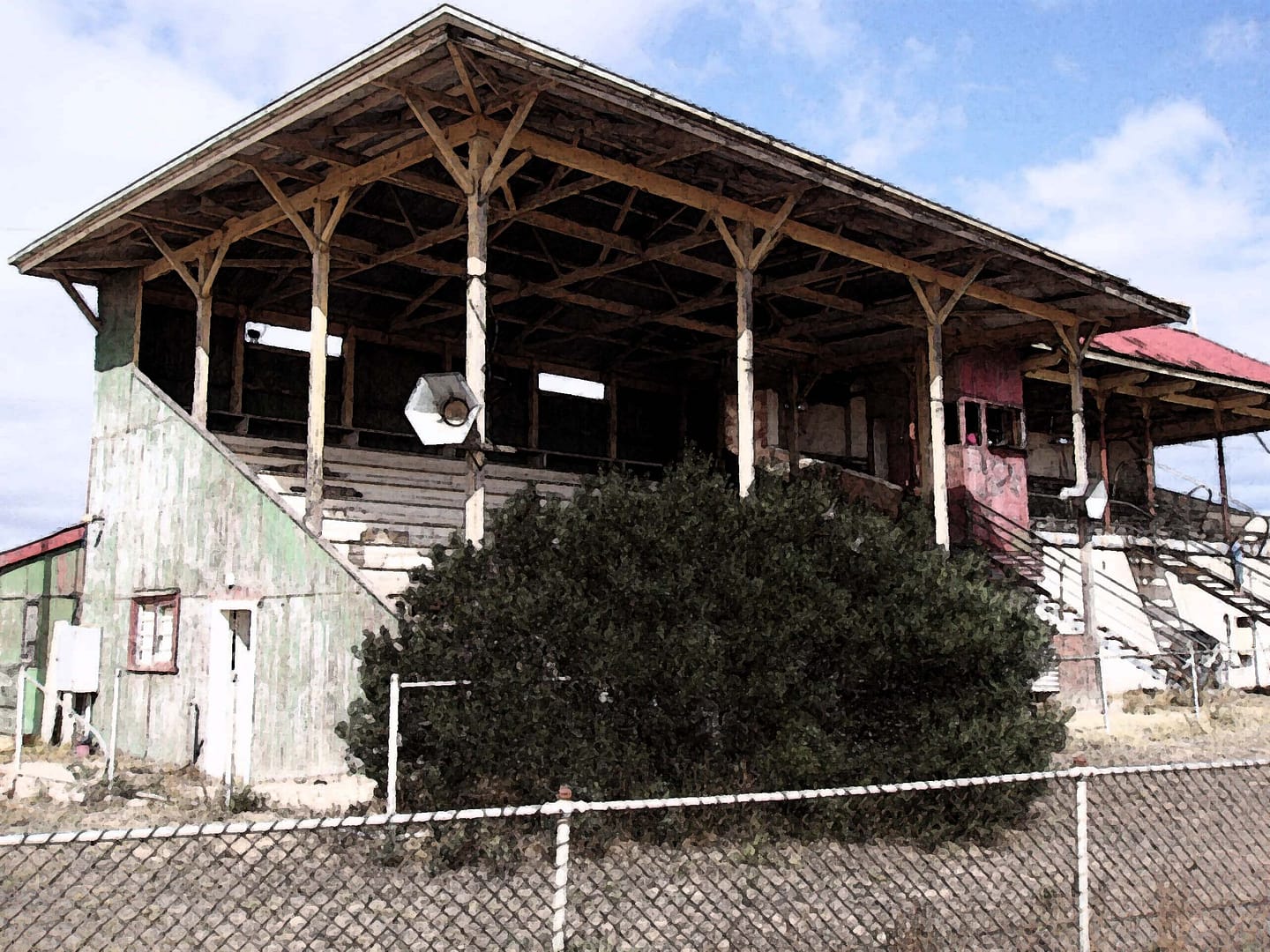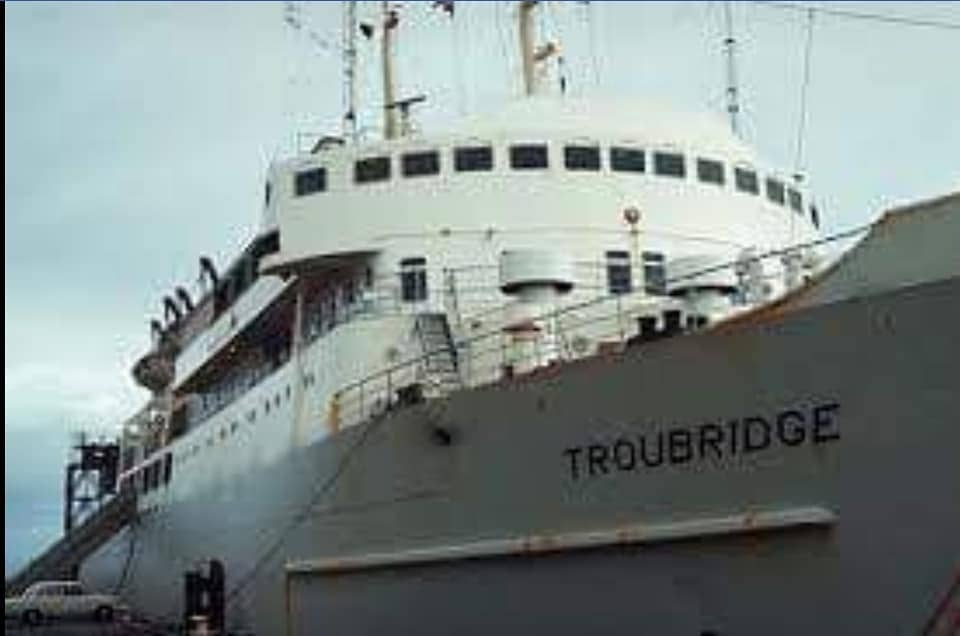In the late 1980s, South Australia dared to dream of a futuristic metropolis—a high-tech utopia that would transform the region and position it at the forefront of global innovation. The Multi Function Polis (MFP), first proposed at an Australia–Japan meeting in Canberra in 1987, was envisioned as a cutting-edge planned community that would combine advanced infrastructure, modern communications, and international investment, primarily from Japan. However, despite early enthusiasm and support from over 100 Australian and Japanese companies, the MFP ultimately succumbed to economic turbulence, negative publicity, and deep-seated cultural controversies, leading to its abandonment in 1998.
A Vision of the Future
The Concept and Ambition
The MFP was conceived during an era when governments worldwide were experimenting with visionary urban planning. South Australia’s leaders aimed to create a “city of the future” that would serve as a centre for biotechnology, computer technology, education, health, and tourism. The plan promised a high-tech village where futuristic infrastructure and state-of-the-art communications would attract industries and create an international hub—a stark contrast to conventional cities.
At its core, the MFP was not just about buildings and roads; it was a symbol of progress. Cabinet documents from the Hawke/Keating years reveal that the project was meant to integrate seamlessly with the rest of Australian society, rather than become an isolated cultural enclave. Government officials even stressed that the MFP should be “truly international” rather than a racially or culturally segregated settlement.
The International Partnership
From the outset, the MFP was designed as a joint venture between Australia and Japan. Asian investors, particularly those from Japan, were actively courted as part of a broader strategy to infuse South Australia with high-tech expertise and capital. However, this international partnership, while promising on paper, also sowed the seeds of controversy. Prominent voices at the time—most notably then-RSL chief Bruce Ruxton—dubbed the project “Jap City,” a label that reflected underlying racist fears and skepticism about ceding too much influence to foreign, especially Japanese, interests.
The Chosen Site: Gillman
In 1990, after a competitive selection process that pitted the Gillman swampland north of Adelaide against other interstate contenders, the Gillman site was chosen for the MFP. Critics of the selection argued that the swampland was unsuitable for a high-tech metropolis and raised concerns that the project would effectively become a Japanese settlement on Australian soil.
Despite these criticisms, the feasibility study garnered significant support—with more than 100 Australian and Japanese companies signing up to explore the MFP’s potential. Yet, this early promise was short-lived.
The Downfall: Economic and Cultural Obstacles
Negative Publicity and Economic Collapse
As plans advanced, a combination of negative media coverage and the collapse of the Japanese economy in the early 1990s dealt a severe blow to the project. Investment stalled, and the initial optimism faded. By 1996, the federal government had withdrawn funding, signaling a rapid reversal in the fortunes of the MFP.
Political Reversal and Changing Visions
Political leadership also shifted the course of the project. While the original plan was championed during the Hawke/Keating years—with industry minister John Button playing a significant role—the tide turned with the election of state Liberal Premier John Olsen. In 1997, Olsen announced that the MFP would be radically altered, effectively ending the dream of a hi-tech utopian city. The local media captured this moment with a memorable headline: “MFP dies: long live the city.”
Legacy and Transformation
From MFP to Technology Park and Mawson Lakes
Although the MFP as originally conceived never materialised, its vision did not vanish entirely. Several kilometres east of Gillman, in an area once known as The Levels, development proceeded under a different guise. In collaboration with developer Delfin Lend Lease, the state government embarked on projects that echoed the high-tech aspirations of the MFP—but without the controversial name and international tensions.
Today, the legacy of the MFP lives on in Technology Park Adelaide and the suburb of Mawson Lakes. Technology Park is home to high-tech industrial businesses, while Mawson Lakes has emerged as a modern residential and commercial development centered around several artificial lakes. The area is notable for its innovative design:
- Sustainable Living: All homes and businesses utilise recycled water for toilets and lawn watering.
- Smart Home Management: Systems control lighting, air-conditioning, and security, reflecting the high-tech dreams of the past.
- Pedestrian-Friendly Design: The layout encourages cycling and walking over driving, promoting a sustainable urban lifestyle.
Broader Implications and Cautionary Tales
The MFP episode offers a fascinating case study in governmental ambition and the risks of grand urban planning. Beyond the immediate fallout of a high-profile project, the MFP raised concerns about exposing critical Australian industries to foreign control and the potential for a “cargo-cult mentality”—where societies develop myths around more technologically advanced groups, expecting magical deliveries of progress without local initiative. Cabinet documents even contained discussions about the choice of Collins Class submarines to be built at Port Adelaide, with warnings of potential cost blowouts echoing the misgivings surrounding the MFP.
Conclusion
The Multi Function Polis was South Australia’s bold attempt to leap into the future—a high-tech, international city that would redefine urban living. Yet, a mix of economic downturns, cultural controversies, and political shifts turned that vision into a cautionary tale. While the original MFP never came to fruition, its remnants live on in the modern developments of Technology Park Adelaide and Mawson Lakes. Today, these areas stand as living legacies of a time when South Australia dared to imagine a futuristic city, even as the practical challenges of integration, investment, and identity ultimately reshaped that dream.
The story of the MFP reminds us that visionary projects, no matter how grand, must navigate a complex landscape of economic realities, cultural sensitivities, and political will—a lesson as relevant today as it was in the 1980s and 90s.
